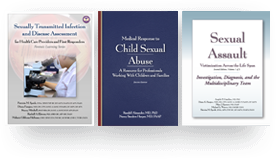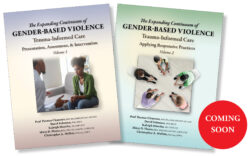Research and Practices in Child Maltreatment Prevention
Volume 1: Definitions of Abuse and Prevention
STM Learning’s Research and Practices in Child Maltreatment Prevention, Volume 1: Definitions of Abuse and Prevention defines in detail the many forms of child abuse that occur. In addition, this text explores the history and science behind child abuse prevention efforts, contemporary prevention models, and emergent risk factors for abuse.
Experts in the fields of medicine, social work, and public health collaborated to make this textbook an essential tool for their colleagues across the many disciplines that work in child abuse prevention. Researchers and professionals from a variety of backgrounds will benefit from this up-to-date, peer-reviewed survey of contemporary models in child protection.
Features & Benefits:
- Ideal for multidisciplinary use
- Comprehensive resource on abuse prevention
- Authored by internationally recognized experts















